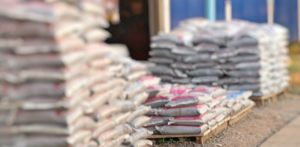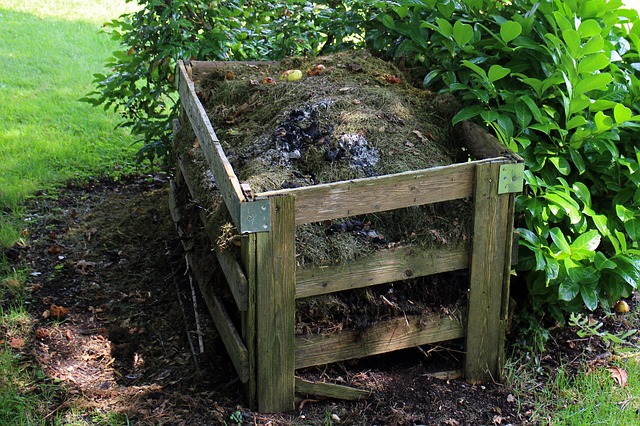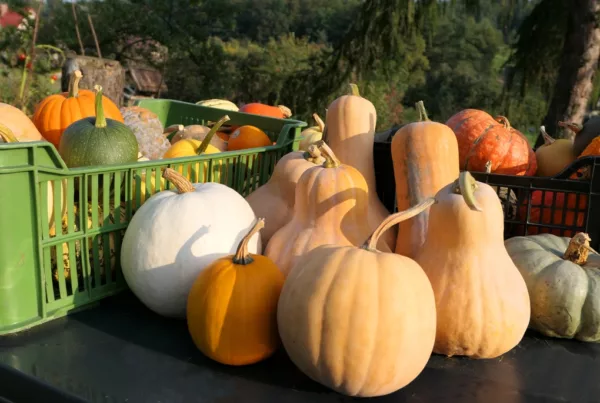
Bagged Compost
You’re starting your Square Foot Garden — hooray! A huge part of the SFG method is using Mel’s Mix™ (1/3 coarse vermiculite, 1/3 peat moss, 1/3 blended compost) as your growing medium, rather than using garden soil.
So, when it comes time to adding the compost, you might have some questions. For example, “Can I use bagged compost?” or “Is my own compost good enough?” and even, “What the heck is blended compost, anyway?” We’re here to answer these questions to get you growing.
What is “blended compost?”
Let’s start this conversation by talking about best to worst choices when it comes to compost. The best choice is the compost you make in your own backyard, because you know what’s in it, where it came from, and that it’s organic. The worst choice, by comparison, is what we call “single ingredient” bagged compost that you pick up at a home improvement store or garden center (see the next section below).
Your goal, when making Mel’s Mix™, is to use compost that has a variety of materials in it — 5 different ingredients is ideal, but 3 different ingredients is acceptable — to create “blended compost.” What are your choices?

- Manure (manure counts as one ingredient no matter how many different types of manure you add!)
- Kitchen scraps
- Forest products
- Worm castings
- Leaves
- Sea products (kelp)
- Shredded newspaper
- Grass clippings
What if I can’t make my own?
We get it! Not everyone has the space to make their own, or the ability to turn and tend those big piles. If you need to buy bagged compost, you’ll want to get really good at reading the ingredients list. Most commercially bagged compost, or even bulk/unbagged compost is “single ingredient,” meaning there’s only one kind of compost in it (mushroom, worm castings, manure, etc.).
Now, we love those ingredients, but the best compost has a variety of materials in it. So, if purchased compost is your choice, and you can only find single ingredient choices, simply buy 3-5 different compost types and mix them all together to get your “blended compost.” Then measure the compost so it equals 1/3 of the volume of the Mel’s Mix™ you’re mixing.
What do I need to look out for when buying compost?
Aside from knowing the actual ingredients in that bag or in that bulk pile (read the label/description), there are several other considerations to take into account when buying or acquiring compost that you do not make yourself.
- Be wary of free compost from parks and recreation departments: While we love the recycling efforts, you’ll need to be aware of the contents of free compost. Many parks and recreation departments offer free compost with a heavy amount of lumber/wood products in it, and the risk of weed seeds in that mix is likely to be high. So, our advice to ask them what is in their mix, and to take a close look at it before loading it up in the back of your pickup. If you see obvious wood chunks, any weeds at all, looks sandy, has a pale color, etc.? It’s a pass.
- Too much peat moss in ingredients list: Remember, there’s already 1/3 peat moss in Mel’s Mix, so you want to be very careful about adding more and disrupting that magic ingredient balance. It’s the blend of all of the ingredients that makes Mel’s formula really work, so although you don’t need to be a total fanatic about it, you do need to adhere to the proportions as closely as possible in order to get the best results.
- Non-organic ingredients: Square Foot Gardening is all about being organic, so look for evidence of it on your bagged goods. Again, read that label! You’re looking for “OMRI” on the bag (Organic Materials Review Institute). A simple “organic” label is not the same thing. While the organic food industry is highly regulated, other industries are not as much, so you really want to look for that OMRI label on the package. Why is “organic” not good enough? Because things like biosolids (human waste) are actually considered organic or “natural,” and can be included. Not everything that’s natural is good for your compost or your garden.
Paying close attention to what goes into your compost is the best way to know what’s going into your garden and, then, into your edible plants. It does take a bit of diligence, but we promise you, it’s well worth the effort!
Want to talk compost? Join the Square Foot Gardening Forum to communicate with other SFGers!



